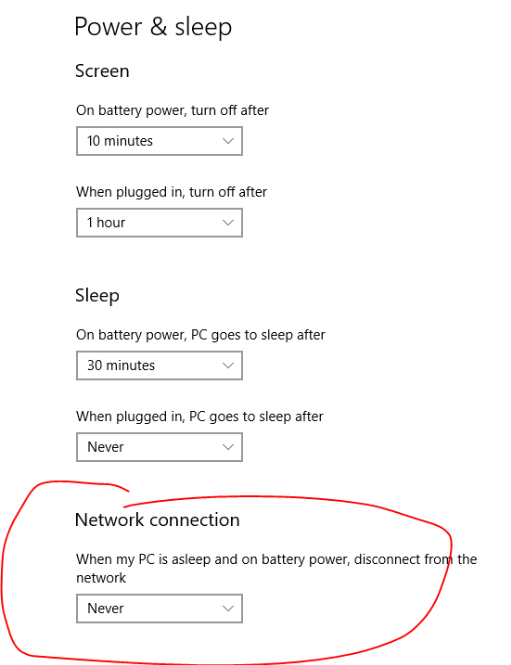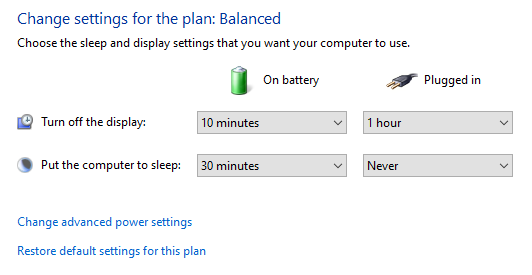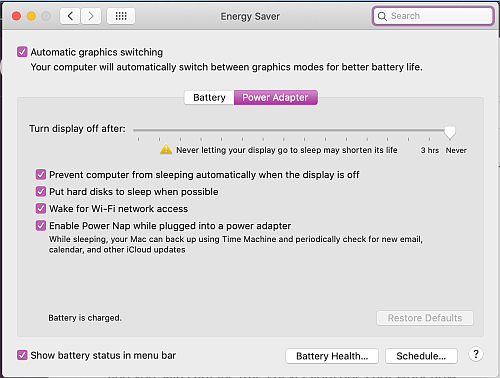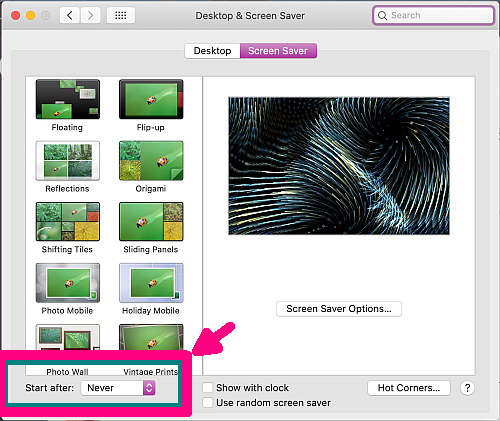Want to build your own 24/7 FAQ knowledge base?
LibraryH3lp subscriptions
include unlimited independent internal or public-facing
knowledge bases.
Search the LibraryH3lp Knowledge Base
Why did I get disconnected in the webclient for staffing?
7609 views | Last updated on Mar 13, 2025 disconnected webclient
Is there a built-in timeout?
The webclient for staffing does not have any automatic time-outs other than the user-configurable auto-logout settings.
Real-time, constant connection required
The webclient stays in constant background communication with LibraryH3lp's server to make sure that the user is connected and able to respond to chats. It uses websockets to maintain this connection and sends small amounts of data back and forth between the user's web browser and our servers, in a "ping/pong" style. When the webclient running in your web browser cannot reach the LibraryH3lp server, it displays a warning and sets the user to "busy" status, so that they won't be offered any brand new chats, and it tries to reconnect automatically. If the webclient is unable to auto-reconnect within a couple of minutes, it gives up and alerts the user that it has become disconnected, so that they can login again.
Web browsers
As an initial step, it never hurts to clear cache and specifically LibraryH3lp cookies.
Today's web browsers are busy places, and users often have lots of tabs open to different web sites. In order to improve performance, web browsers allocate resources to tabs that are detected as active, usually through being visible to the user on the screen, or through being the top-most tab.
For most websites, removing resources to inactive tabs is relatively harmless, but for the webclient, an ongoing real-time connection is required so that you can receive chats at any time from guests, even while you are working on other things. You do not want the web browser to sneakily remove resources to the webclient's tab. Here is what we know about managing this behavior:
- Chrome: Head to Settings > Performance > General > Always keep these sites active. You can add your LibraryH3lp domain as an exception so that it will never be unloaded automatically. The domain to add is libraryh3lp.com (main service region); ca.libraryh3lp.com (Canada service region); eu.libraryh3lp.com (Europe service region); or sg.libraryh3lp.com (Asia/Pacific service region).
- Edge: Head to Settings > System and performance > Optimize Performance > Never put these sites to sleep. You can add your LibraryH3lp domain so that it will not go to sleep. The domain to add is libraryh3lp.com (main service region); ca.libraryh3lp.com (Canada service region); eu.libraryh3lp.com (Europe service region); or sg.libraryh3lp.com (Asia/Pacific service region).
- Firefox: There does not seem to be a way to add specific domains to an exception list. However, you can disable Firefox's Tab Unloading feature entirely through the about:config page. More info here.
- Safari: Honestly, it's not documented, but we believe that Safari also has behavior that can cause disconnects when it tries to preserve resources for active tabs, and the LibraryH3lp webclient is not in view or on top. We do not know of any settings to help.
Other things to check:
- Using a mobile device (tablet, iPad, phone) to staff in the webclient. The device saves battery by throttling the network connection to web browser pages that are not active, so the user will get disconnected if the webclient is not on top, or becomes idle or locked. When using a mobile device, it is better to use an XMPP app.
- Computers going to sleep because of idle time. Because of browser sandboxing, this problem may manifest as the webclient appearing to be signed in when it really is not. The computer's idle process will not always communicate the closed state of the connection back to the browser. See sections below labeled "Power and Sleep Settings for PCs" and "...for Macs" for more info.
- Switching between networks while signed in. Example: taking a laptop out of its dock to switch from a wired to a wireless network, or changing from a wireless network to your personal hotspot. It is best to sign out and back in when changing networks.
Network infrastructure
Your organization probably has network devices between your computer and our servers. Sometimes these are configured in a way that will interfere with your ongoing webclient connection.
- Firewalls. These can be configured to timeout perceived inactive connections frequently, such as every 30 or 60 minutes. Even if your computer is in constant use, there may not be enough data to our LibraryH3lp servers flowing through the firewall to prevent an inactivity timeout of your LibraryH3lp connection. Have your IT networking staff make sure that your access is not blocked or disrupted. The webclient uses port 443 and websockets, as previously noted. If you happen to use an external XMPP client such as Pidgin or Adium, these use port 5222.
- Poor network conditions. Examples: overloaded local network or ISP, dropped packets, low connectivity over wireless, oversubscribed wireless networks, and upstream problems.
- Caching proxy servers* can interfere with webclient connections in a few ways. If a proxy server like this seems to be causing disconnects, please try increasing proxy read timeout and/or increasing the number of allowed connections to a site. Here are some of the ways they can interfere:
- They don't respect the long-running connections to our server, causing the disconnects.
- They cache responses, which interferes with the reconnection attempts.
- Depending on configuration, they may also limit the number of simultaneous connections to any particular host across the network. This may cause the problem to appear only once a particular critical mass of people is signed in and/or chatting all at once, as can happen when bringing a service up live, following a successful testing period with fewer numbers of simultaneous logins.
- *Note that we are NOT concerned with access-related proxy servers such as EZProxy. That is a different animal and does not impact chat. We are concerned with proxy servers used internally, often to boost performance on large networks.
Need more help?
If you've been over these things and need more assistance, or if you need connection logging details from our side, please email us at support@libraryh3lp.com.
Power and Sleep Settings for PCs
For Windows users, there are a couple of places to go looking for settings related to idle time and sleep/hibernate. One is in Power & Sleep -- this shows both a summary of when to sleep and hibernate (turn off) when on battery versus plugged in, AND on some computers, it also shows a setting related to what to do about the network when the PC is asleep and on battery:

The other place is in Control Panel > Hardware and Sound > Power Options. Here you can set up power plans or change an existing power plan -- default is "Balanced". This mostly duplicates the above Power &: Sleep but has a different user interface and a way to fine-tune some things.

Power and Sleep Settings for Macs
The two main areas are the Energy Saver and Screensaver, both in System Preferences.
In Energy Saver, note that there are separate settings for when on battery power versus using a power adapter.
Make sure to have "Prevent computer from sleeping automatically when the display is off" checked. Also set "Turn display off after..." to Never.
In Desktop and Screen Saver, set "Start after" to Never.


If the above proves insufficient, you might try the built-in Caffeinate tool in a terminal window; please read the man page for more information. Or, you can try installing a utility that prevents the Mac from sleeping, such as Caffeine.
Locally-installed clients are more robust
Despite all our efforts to make the webclient as reliable as possible, it will not work well for everyone. Locally-installed clients (those installed directly on a computer rather than only running through the web browser) will always be more robust than a browser-based client because they tie into your operating system directly whereas browser-based clients are sandboxed from the operating system by the browser. You may have to use one of these.
FAQ URL:
